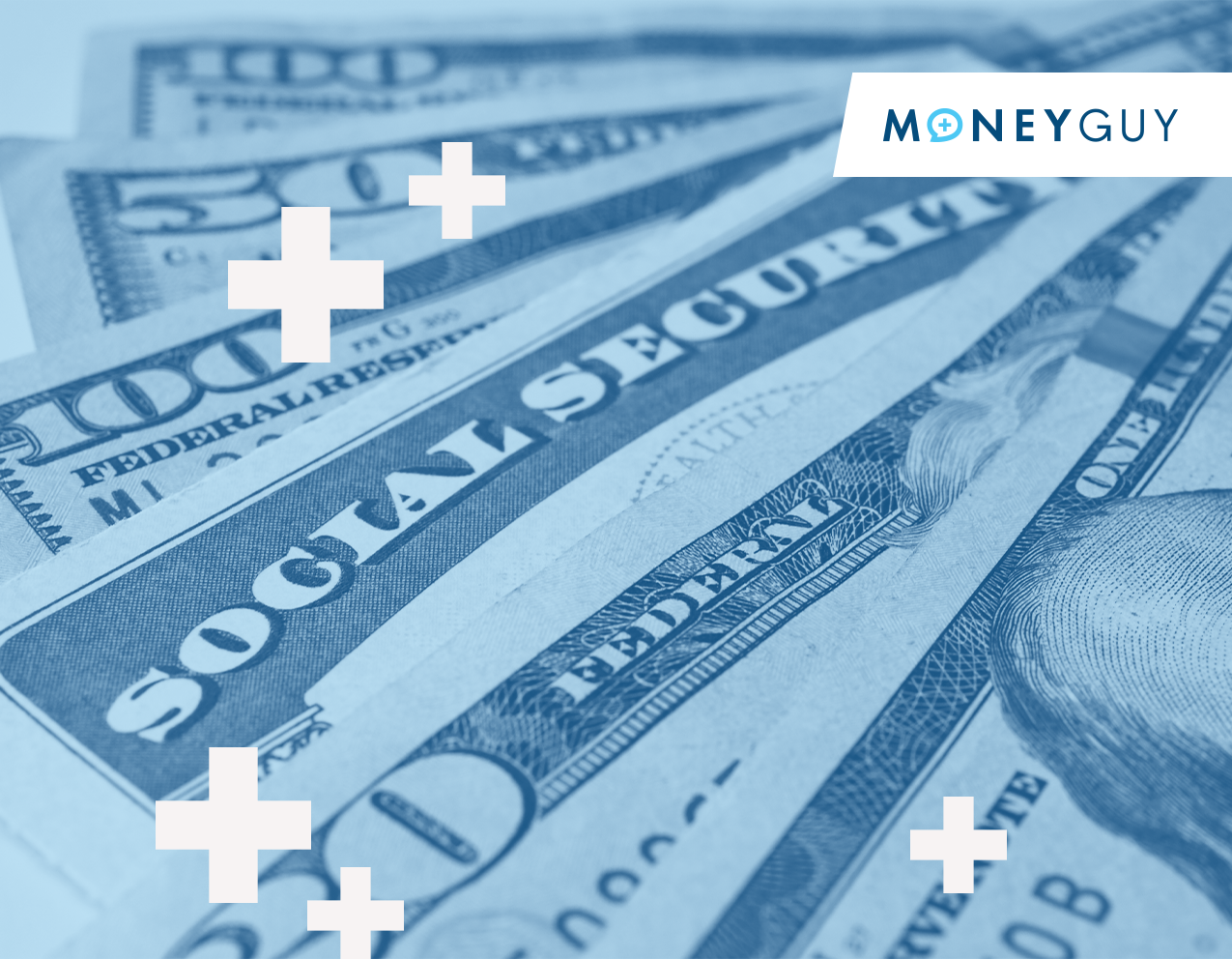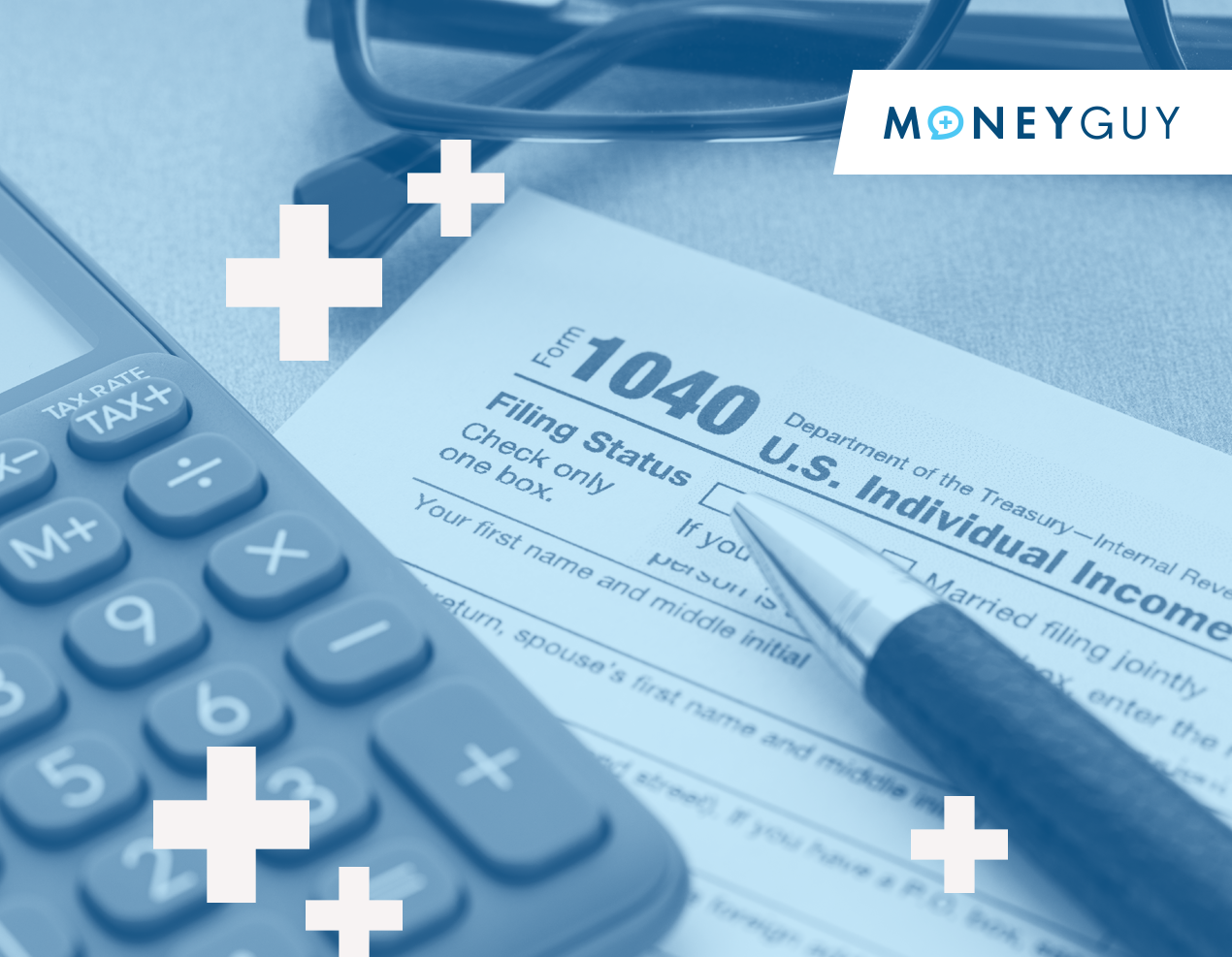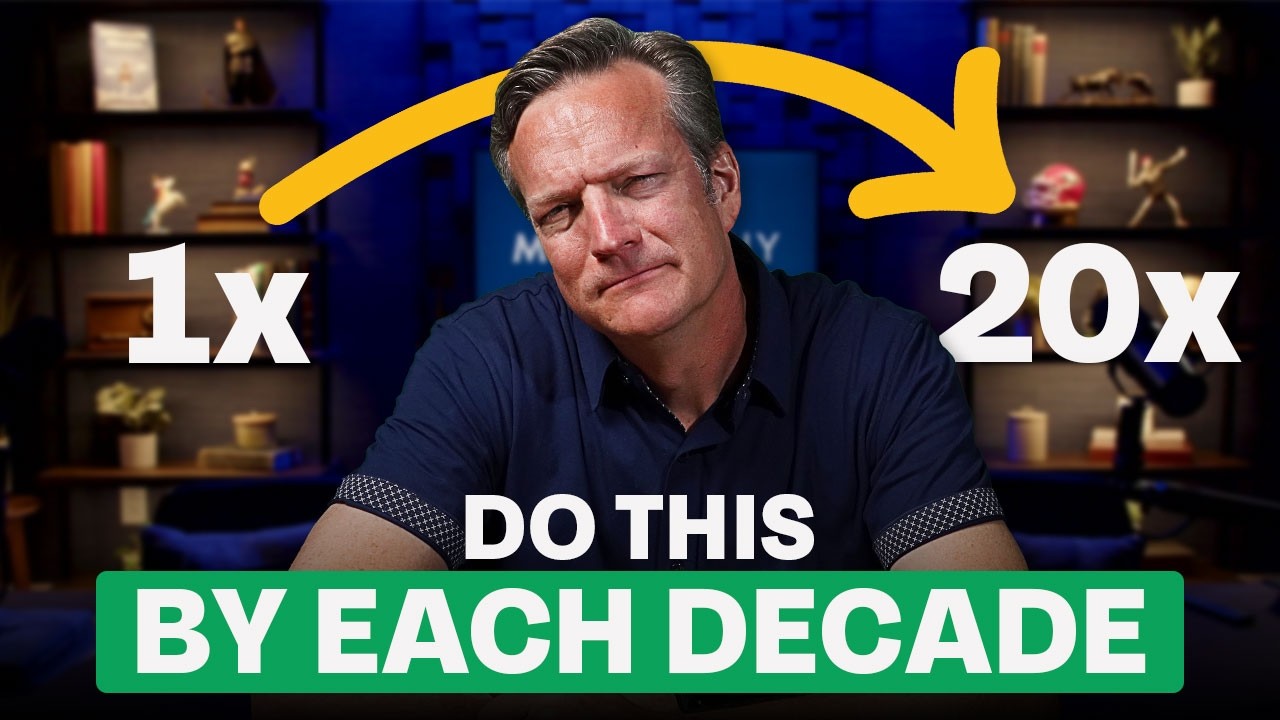
We’re constantly bombarded with messages from the media, telling us we need to buy this or that. We start believing those messages, too, because they also warn us that, unless we purchase the latest and greatest — we’re missing out.
And when we look at our social media accounts, we see the lives our friends and family are living. It’s so easy to forget all we have to appreciate when we think, “so-and-so has more fun/money/friends/stuff” and so on.
From advertisements that push us to mass consumption, to financial products like credit cards that allow us to acquire stuff without actually paying for it, our society encourages instant gratification.
It makes sense that people favor convenience over frugality and simplicity. We no longer care to differentiate between wants, necessities, and wishes, because we can just charge everything and think about it at a later date.
It’s easier that way.
But it’s also led us to think common discretionary expenses such as cable, coffee, new cars, and dining out are things we can’t live without. These are 100% wants, not needs.
People are simply too accepting of the fact that everyone else pays for it. It’s easier to think, “why not me too?” than it is to question what truly make up your wants and needs.
Let’s Set the Record Straight on Wants and Needs
True necessities never change. We all need water, food, clothing, and shelter to survive.
Our ancestors didn’t get to live a life of luxury with cable, smartphones, or fast food restaurants. Those are conveniences, and we pay a hefty premium to enjoy them.
In order to cut back on spending, it’s important to remember that. If you were to lose your job tomorrow, would you continue spending on these luxuries? Chances are, you’d cancel your cable subscription before you’d stop shopping for groceries.
It’s obvious that as a society, we need to change our financial priorities. We need to start rethinking wants and needs.
Wants Disguised As Needs That You Can Learn to Live Without
Because of our culture of convenience, we started to believe that some wants are vital to our being. They’re not!
Even though it might seem like living without TV is impossible, we’re confident you could if you had to. Keep this in mind the next time you want to buy something you think is a necessity.
When you want that shiny new car with a $30,000 price tag, ask if something cheaper could do the job. The answer will be yes. You don’t need a top-of-the-line vehicle to get around.
Let’s look at some other wants that are worth rethinking:
Daily Lattes: Yes, it’s an overstated fact that buying your overpriced coffee is a habit that’s expensive. And perhaps this one habit won’t kill your finances for good — but unless a daily latte is the only indulgence on this list, you may want to consider cutting back. You’re looking at over $1,000 spent on expensive coffee each year.
Cable TV: There’s next to no excuse for still having a cable subscription when there are so many alternative streaming services out there. Get Hulu+, Netflix, or Amazon Prime for less than $10 per month, instead of paying $100, $150, or $200 plus for a cable, Internet, and phone package.
Cell Phone: And speaking of phones, you can probably cut back in this area too. Start by not buying a new smartphone every six months to a year. Sure, technology gets outdated fast — but a 2 year old iPhone that was taken care of will still function just fine. Space out your cell phone purchases. Or consider switching to something like Republic Wireless, which offers smartphone plans from $5 to $40 per month.
Beauty Routines: While getting your hair done, going to the spa, getting a massage, or treating yourself to a manicure/pedicure on a weekly basis sounds nice, it’s hurting your wallet. Try cutting down on how often you go to start. Then take a good hard look at what you could do yourself at home for a fraction of the cost (think doing your own nails).
Anti-Aging Solutions: All of these products and surgeries come with a high price tag. Embrace aging, because it’s not going to stop. You might be temporarily delaying things, but sooner or later nature will catch up with you. It’s an invitation to a round of endless spending.
Bottled Water: Did you know they have Brita water bottles now, as well as pitchers? If you fill them up with tap water, they’ll automatically filter out the harmful chemicals. It’s a one-time investment as opposed to constantly buying a $4 or more pack of bottled water. There are also many filtration systems you can get built into your faucet. You don’t need bottled water anymore.
Plus, ditching the bottled water habit is eco-friendly, too! Waste less, save more.
Children’s Parties: The extent to which parents will go to celebrate anything involving their children can be great (and detrimental). We all love our children, but keeping your finances in order will be a better present for them down the road. Show your love and appreciation for them in a way that doesn’t involve pricey gifts or parties.
Gym Memberships: What’s the first thing you do when you commit to getting in shape? For many, it’s to sign-up for the gym. However, there’s no reason you can’t try getting into shape for free before making that commitment. There are plenty of YouTube videos out there that show you how to use bodyweight exercises (no equipment needed), and there’s always yoga, running, or hiking.
Pet Expenses: Pets are great family members, but they come with their own set of costs, too. Between food, grooming, and walking, you could be paying over $100 every few months. Instead, purchase a cheap pair of electric clippers to groom your dog, and make time to walk your furry companion.
Not to mention the pet itself. If you’re thinking of adding a four-legged member of the family, remember to adopt, don’t shop. Purebred pets can cost over $1,000. An animal from the shelter or a rescue group will likely cost about $100 in adoption fees — and you’ll give a loving animal a well-deserved forever home.
Further Items to Strike from the Budget
If none of these apply to your own spending patterns, consider these additional costs that many people classify as “needs” when they’re really just wants:
- Single-purpose kitchen tools and appliances
- Most technology (sure, Fitbits are cool. But do you really need to spend $100 or more for a glorified pedometer?)
- Designer furniture (or even new furniture, if hand-me-downs are available from family and friends)
- The most expensive version of anything
If you have any of these items or indulge in anything on this list, that’s not necessarily a bad thing. But if you feel like you’re constantly short on money, or complain there’s nothing left over at the end of the month, or can’t make any progress on your goals to save and invest…
It’s time to take a good hard look at your spending and re-evaluate your wants and needs.
So, ask yourself: are there any wants you think you need to reconsider?
Reflect on your values in life and what you’re currently getting out of your expenses. Are they worth the money you’re paying, or would you be better off putting that money to use elsewhere?
Don’t fall for convenience. Always question why you’re spending your money, and you’ll stop automatically accepting that you have to buy things because you “need” them.













